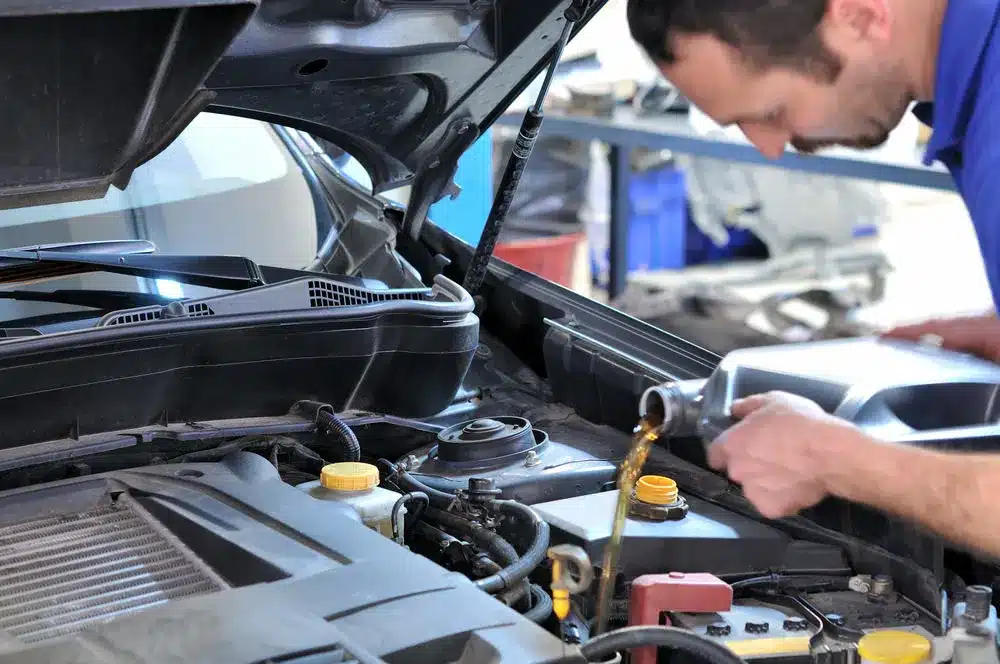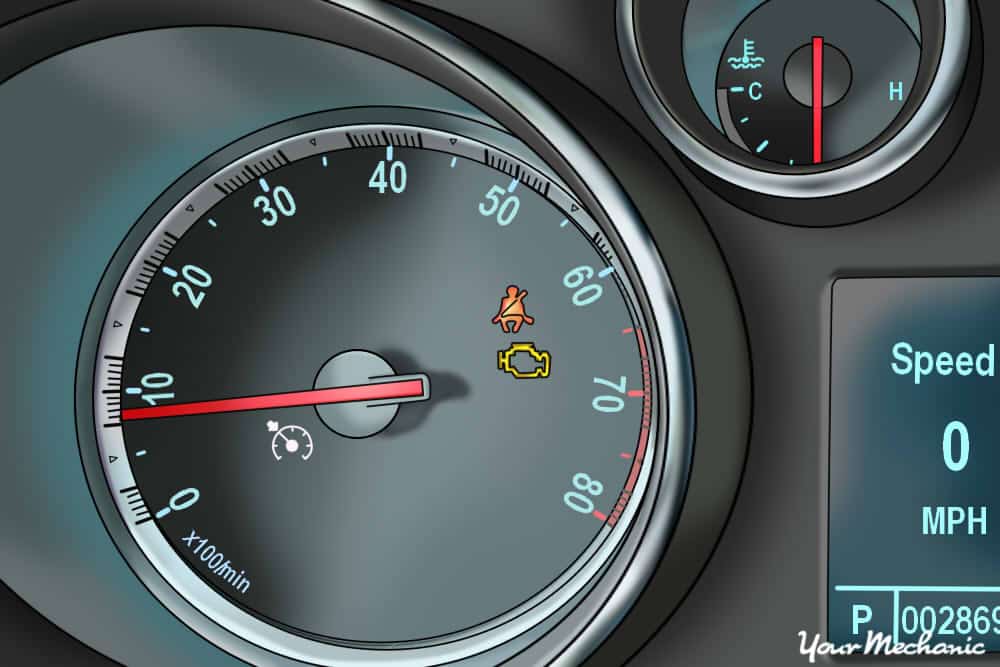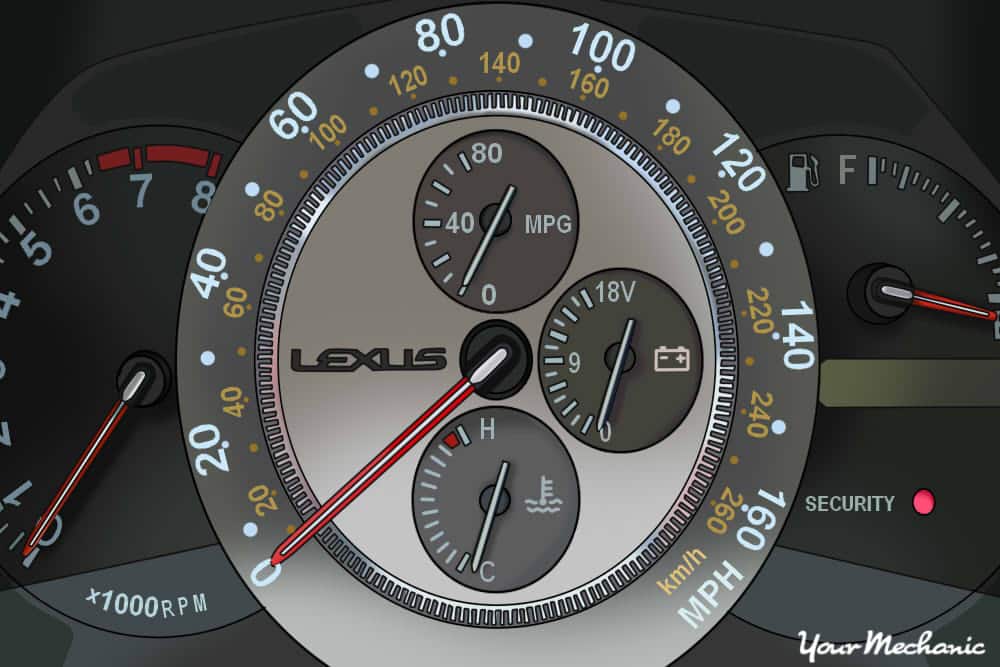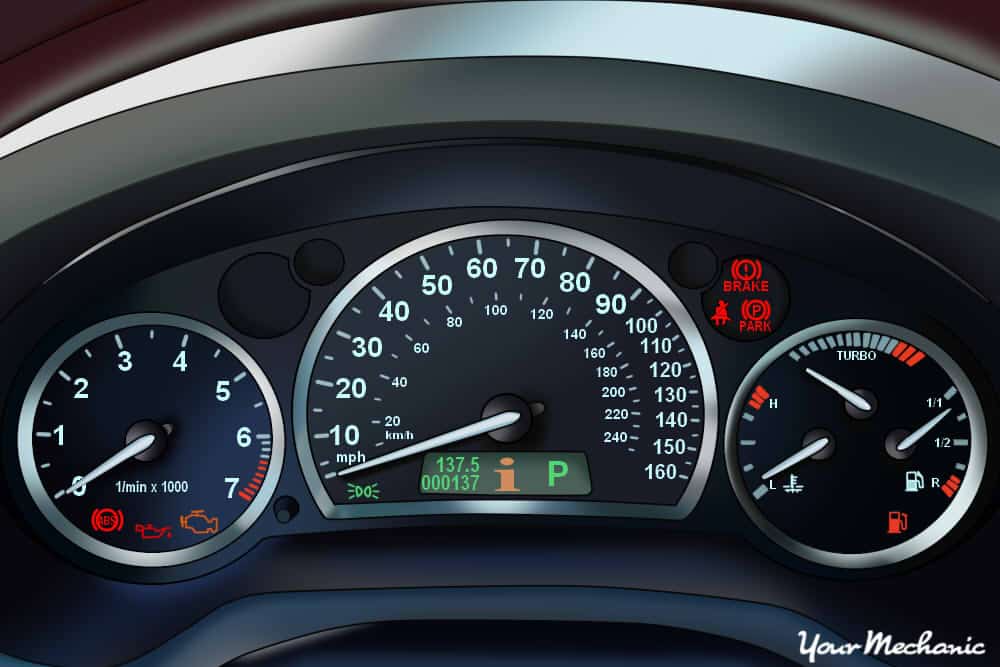Every car owner has heard car maintenance myths about the best ways to keep their vehicle in excellent condition. Let’s look on them.
What is the Car Maintenance Myth?
Numerous maintenance recommendations for fuel efficiency, engine performance, and improved vehicle durability flow down the exhaust system, whether from friends, relatives, or the automobile manufacturer. Some recommendations indicate ways to reduce the cost or improve the performance. However, not everything told by vehicle owners is always correct. Keep reading to learn about ten car maintenance myths that aren’t true:
1. Your oil should be changed every 3,000 miles.
This was formerly the case, and many oil firms and lubricant stores continue to promote it today. Oil changes are now needed every 5,000 to 7,500 miles for most automobiles produced in the previous decade or so, based on the manufacturer. Longer intervals between oil changes are now possible because of improved chemical composition, widespread usage of synthetic oils, and enhanced engine design. Follow the guidelines in your owner’s handbook for oil changes. Otherwise, you’re wasting your money on another car maintenance myth.

2. Premium fuel is better for your vehicle and improves its performance.
Regular gasoline will suffice unless your vehicle has high-compression, high-performance engines that run warmer than most others. The lower-cost 86 octane fuel must still fulfill quality standards but will not damage your car’s engine. Higher octane gas includes cleansers and protectants to keep turbocharged engines in better condition — think sports cars — and is less susceptible to engine knocking.
Vehicles that demand more expensive, premium fuel are usually more costly. Regular petrol should suffice for a vehicle of medium cost. Check your vehicle’s owner’s handbook to see what the manufacturer recommends.
3. Using independent repair companies to service your vehicle will void your warranty.

Another car maintenance myth is, that regardless matter where you maintain your vehicle, your warranty is good until it expires. Dealerships often make it seem like you have no choice but to go to them, yet this is prohibited. Any warranty maintenance may be done at any vehicle repair shop; keep your receipts to prove what was done and how much it cost. Any maintenance performed following the owner’s handbook and regularly should not affect your warranty.
4. Before riding in the cold, heat your car’s engine.
Although engine parts must warm up before they may function adequately, modern engines warm up much faster when driving. Additionally, movement is required to warm up your wheel bearings and transmission. In cooler weather, you start your vehicle before driving serves no use other than to warm you up inside. You’ll get the most acceptable gas mileage and performance by putting it to use. Idling your car in the driveway wastes money and fuel.
5. It’s a good idea to change all four tires at once.
Individual tires can be replaced as needed as long as they’re the same brand, model, and size as the others. You may change them out at any time. Rotate them every other oil change to extend their life.
In addition, if you puncture a tire, you don’t have to buy a new one. A mechanic can typically patch a hole that has damaged the sidewall or is more than a quarter-inch in diameter. The patch will keep moisture out of the steel belts and improve the airtightness of your tire.
6. Use dish or laundry soap to wash your vehicle.
While it may be a cost-effective method to save money, dish soap or laundry detergent to wash your vehicle badly affects the wax finish. Pay a little more for the car-wash liquid instead of contributing to paint peeling and rust stains. It’s made to avoid removing the protective wax.
7. After a brief driving period after a jump start, a battery will recharge.
It takes hours of driving to fully charge a battery that has been jumpstarted, especially in cooler weather. Heated seats, the radio, and the lights all draw a lot of power from the alternator, leaving little for battery recharge.
Driving about for many hours to fully recharge your car’s battery is recommended. You may even have it load checked at a petrol station if necessary. Even short, minute-long journeys may result in a dead battery the next time you try to start your car.
8. Every 50,000 miles, the transmission fluid should be cleaned.
Most newer automobiles utilize an “extended life” transmission fluid, frequently advised every 50,000 miles. It’s designed to last up to 100,000 miles or the vehicle’s life. This varies per vehicle, so always follow your vehicle’s manufacturer’s transmission flush interval guidelines.
9. Instead of using the air conditioner, roll down the windows to save fuel costs.
In reality, rolling down the windows or blasting the air conditioning makes little difference in fuel economy. True, turning on the air conditioner burns more gasoline, but rolling down the windows improves wind resistance. To compensate for the car’s disturbed aerodynamic design, it will need to consume more fuel.
Both air conditioning and rolled-down windows have a minor influence on fuel economy; none has a significant advantage over the other.
10. You may save money on gas by refueling in the morning.
This is the final car maintenance myth. Because of gasoline expands with heat, it’s a frequent misconception that pouring warmer fuel into your tank would less fuel. Energy pumped first thing in the morning should be cooler, allowing you to put more in your tank for less money.
Gas, contrary to popular belief, is usually kept underground. Because it remains shielded from substantial temperature fluctuations, the time of day you refill has no bearing on the amount of fuel you get.
If you need to know about , following topics Click on the link!
What do you know about Chrysler Service Indicator Lights and Oil Change Indicator?
Top Seasonal Car Repairs : Everything You Should Know
Top 12 Common Car Problems and Issues You should Aware about
What is the Dodge Oil Change Indicator and Service Indicator Lights?



